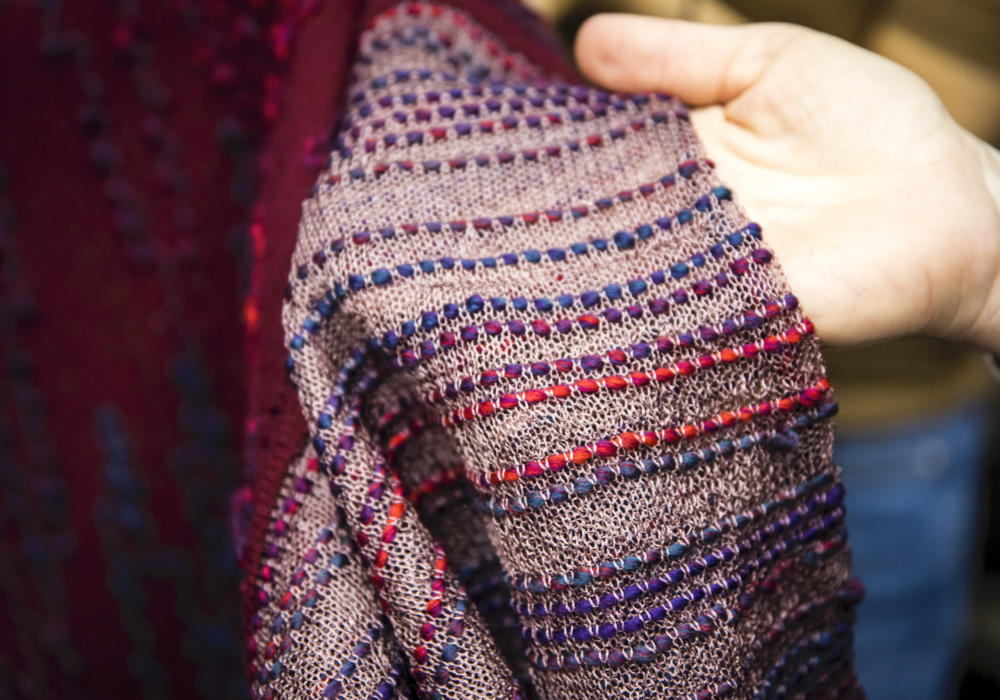New research reveals that the sustainability of our clothing is strongly influenced by the number of times it is worn and how long it is actively used.
After seven years of work, a team of researchers from Australia, New Zealand and Norway have published the first full wool life cycle assessment (LCA) which analysed the life of a 300-gram wool sweater made from Australian wool, processed in China, and sold in the European Union.
Wool garments are produced by a complex global supply chain, but to date, studies reported in the literature have focused on only raw material production and/or garment manufacturing, leaving the knowledge base incomplete. The results presented in the study provide one of the first detailed analyses of the full life cycle of a woollen garment enabling further investigation of efficiency opportunities, and importantly the assessment of the impact of the garment use phase and consumer choices related to garment lifetime.
Some of the key findings from the study were:
- The study found that the number of times a garment is worn is the most influential factor in determining impacts. Clothing that is worn more often and is kept for longer, reduced the overall impact on the environment and thus is more sustainable.
- Washing and drying has a significant effect on sustainability. Wool naturally inhibits odour and can be aired, reducing the need to wash. Similarly, when washed, wool garments can be line-dried. This saves energy to tumble dry.
- Garment users were found to have a significant role in determining the period of time that garments remain in active use, which is the most influential factor governing environmental impacts from woollen garments.
- Considering the significant impact of garment lifetime, large opportunities exist to improve environmental outcomes by extending the active lifetime of garment use by consumers.
Access the full study here.

